Stuck in Reverse? Tesla Abandons Radar, Restricts Features

Tesla is abandoning radar on its more affordable vehicles so it can deploy something that sounds like a vintage color motion picture process where the hues really manage to jump off the screen.
“ Tesla Vision” is the current process the company will use to collect and interpret the information necessary to operate semi-automated systems on the Model 3 and Model Y. But it feels like a step backward, if we’re being honest, and will result in cars that have “temporarily limited” abilities.
With autonomous systems and advanced driving aids apparently hitting a brick wall in terms of development, their shortcomings have become glaringly apparent. Still, the best systems seem to be the ones with the most versatile sensor arrays and Tesla’s new setup certainly looks more basic on the surface. The manufacturer previously utilized a forward-facing radar that theoretically allowed it better imaging capabilities in conditions where a camera might be lacking (e.g. extremely low-light conditions or estimating distance). Tesla Vision throws that out the window for a solution that only needs to use the eight cameras spread across the vehicle.
From Tesla:
We are continuing the transition to Tesla Vision, our camera-based Autopilot system. Beginning with deliveries in May 2021, Model 3 and Model Y vehicles built for the North American market will no longer be equipped with radar. Instead, these will be the first Tesla vehicles to rely on camera vision and neural net processing to deliver Autopilot, Full-Self Driving and certain active safety features. Customers who ordered before May 2021 and are matched to a car with Tesla Vision will be notified of the change through their Tesla Accounts prior to delivery.
With many of the companies leading the charge toward true vehicular autonomy using cameras, radar, and lidar, it’s surprising to see Tesla trimming down its own hardware — especially when the changes will result in the cars missing out on some features. Autosteer will now be limited to a maximum speed of 75 mph and require a longer minimum following distance. Customers may also find their vehicles shipped without Smart Summon and Emergency Lane Departure Avoidance.
Those are some heavy losses on a vehicle that you probably bought specifically for its technical showpieces. Though the company said these setbacks will only be temporary, it has also promised full self-driving (FSD) for years now and recently took heavy criticism for underdelivering. Tesla plans on restoring features over several weeks, via over-the-air updates. But we wouldn’t assume anything here.
We’re wondering what the reasoning behind this was. While the company has always said it wasn’t interested in lidar, it has been actively pursuing radar technologies for years. Its current system, the ARS4-B from Continental, is also a fairly popular unit that can be found in plenty of vehicles with modest price tags.
Perhaps the required 77-GHz radar chipset has fallen prey to the dreaded semiconductor shortage. Of course, that’s just speculation on the part of your author based partly on these changes only pertaining to the North American market. Tesla certainly hasn’t said that’s the reason and probably wouldn’t want to admit it if there was a slick way to circumvent the problem (cough).
But the thing that’s truly troubling is how the manufacturer is effectively beta testing this new system on its flesh-and-blood customers. All sensors are fallible and having redundancies is never a bad idea. We’ve seen vehicles from all manufacturers act erratically when camera arrays are covered in road grime or assaulted with an overabundance of sunlight. Tesla products are no different and it’s difficult to imagine Tesla Vision is going to help the company make full self-driving a reality by the end of this year. Not that it really matters. The automaker has repeatedly delayed FSD, with the last empty promise targeting May 2021. Elon Musk has since claimed the driving suite will be ready sometime this summer. But you’ll still have to be ready to take over control of the vehicle at a moment’s notice, which kind of defeats the purpose of having it.
[Image: Tesla]

A staunch consumer advocate tracking industry trends and regulation. Before joining TTAC, Matt spent a decade working for marketing and research firms based in NYC. Clients included several of the world’s largest automakers, global tire brands, and aftermarket part suppliers. Dissatisfied with the corporate world and resentful of having to wear suits everyday, he pivoted to writing about cars. Since then, that man has become an ardent supporter of the right-to-repair movement, been interviewed on the auto industry by national radio broadcasts, driven more rental cars than anyone ever should, participated in amateur rallying events, and received the requisite minimum training as sanctioned by the SCCA. Handy with a wrench, Matt grew up surrounded by Detroit auto workers and managed to get a pizza delivery job before he was legally eligible. He later found himself driving box trucks through Manhattan, guaranteeing future sympathy for actual truckers. He continues to conduct research pertaining to the automotive sector as an independent contractor and has since moved back to his native Michigan, closer to where the cars are born. A contrarian, Matt claims to prefer understeer — stating that front and all-wheel drive vehicles cater best to his driving style.
More by Matt Posky
Latest Car Reviews
Read moreLatest Product Reviews
Read moreRecent Comments
- AZFelix What could possibly go wrong with putting your life in the robotic hands of precision crafted and expertly programmed machinery?
- Orange260z I'm facing the "tire aging out" issue as well - the Conti ECS on my 911 have 2017 date codes but have lots (likely >70%) tread remaining. The tires have spent quite little time in the sun, as the car has become a garage queen and has likely had ~10K kms put on in the last 5 years. I did notice that they were getting harder last year, as the car pushes more in corners and the back end breaks loose under heavy acceleration. I'll have to do a careful inspection for cracks when I get the car out for the summer in the coming weeks.
- VoGhost Interesting comments. Back in reality, AV is already here, and the experience to date has been that AV is far safer than most drivers. But I guess your "news" didn't tell you that, for some reason.
- Doc423 Come try to take it, Pal. Environmental Whacko.
- 28-Cars-Later Mazda despite attractive styling has resale issues - 'Yota is always the answer.



















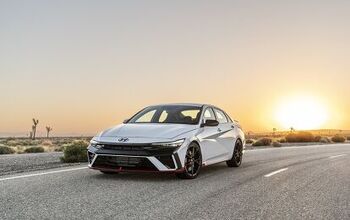
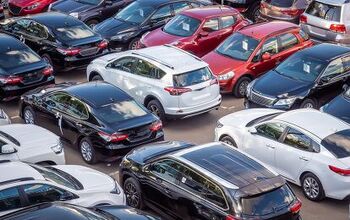
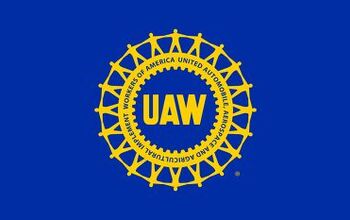
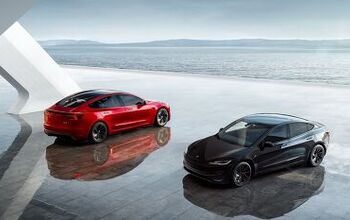
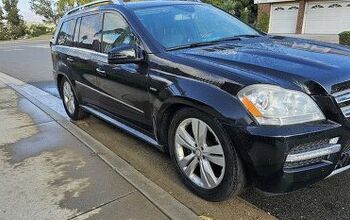
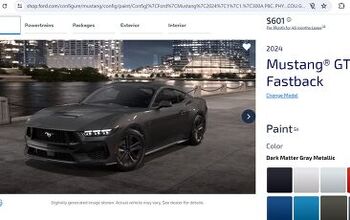

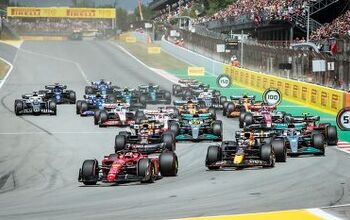
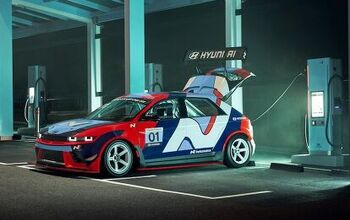
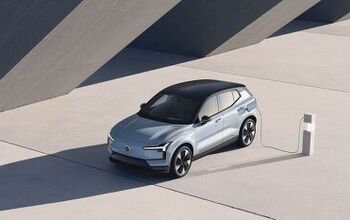
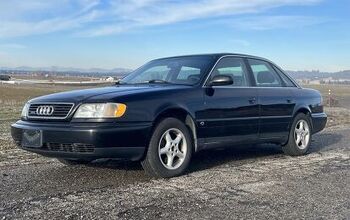
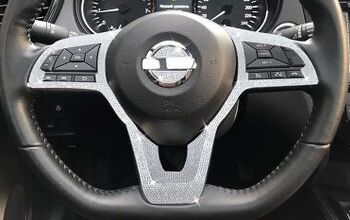
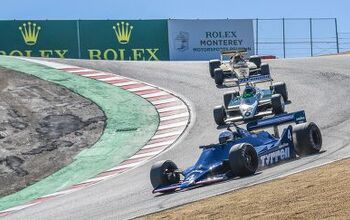
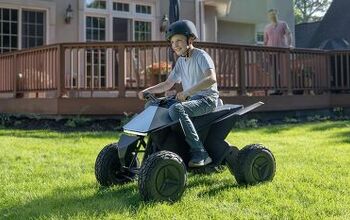
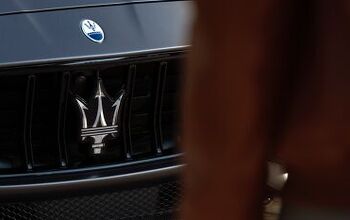
Comments
Join the conversation
Gee, maybe Sir Elon is feeling the NHTSA breathing down his neck as they're stepping up investigations into his "Autopilot" and "Full Self-Drive" features that have bamboozled his gullible sycophants into believing his machines can actually DRIVE THEMSELVES and are getting killed in the process. Here's a friendly suggestion, Musk - cease and desist from calling your software "Auto Pilot" and "Full Self-Drive" before you get that order from the NHTSA - because they're no such thing and you're a threat to public safety by insisting on referring to them as such.
The National Highway Traffic Safety Administration's Fatality and Injury Reporting System Tool is starting to get some meaningful figures (there is a data lag) for Tesla. https://cdan.nhtsa.gov/query In the U.S., 2018MY sales volumes for Tesla were similar to [slightly higher than] Audi. The customer/driver profile 'should' be somewhat similar. (Don't know miles driven for each brand.) According to NHTSA, the number of 2018MY Tesla vehicles involved in fatal crashes (all calendar years, data through 2019) is 18. The corresponding figure for Audi is 30. [Interestingly (to me), 28% of the Tesla crashes involved a Speeding Vehicle (similar to BMW), but only 3% of the Audi crashes.] Buick and Chrysler also have similar sales volumes for 2018MY. The fatal crash figures for these brands are 19 and 49, respectively. (But you should check my work.)